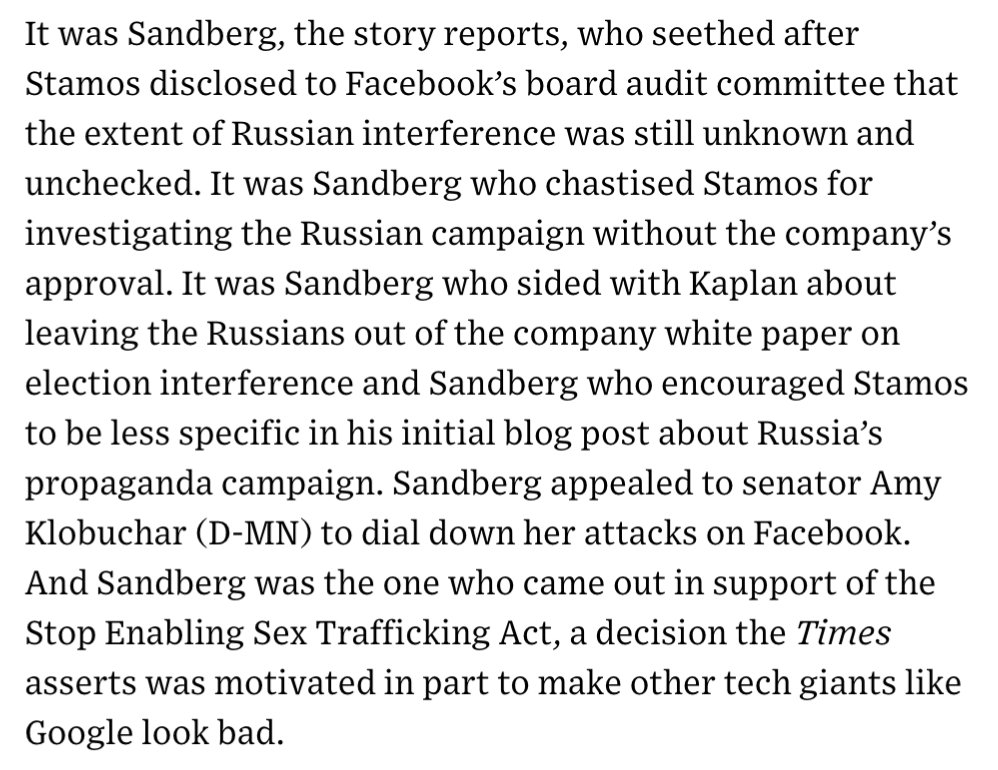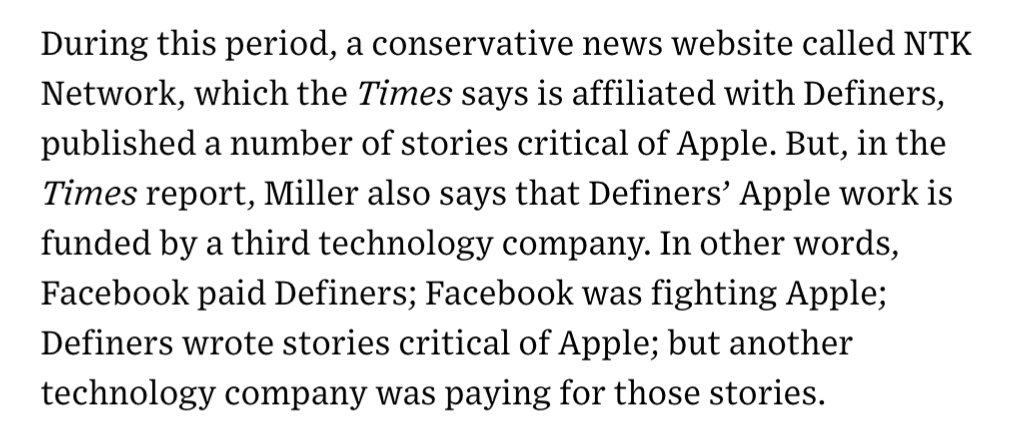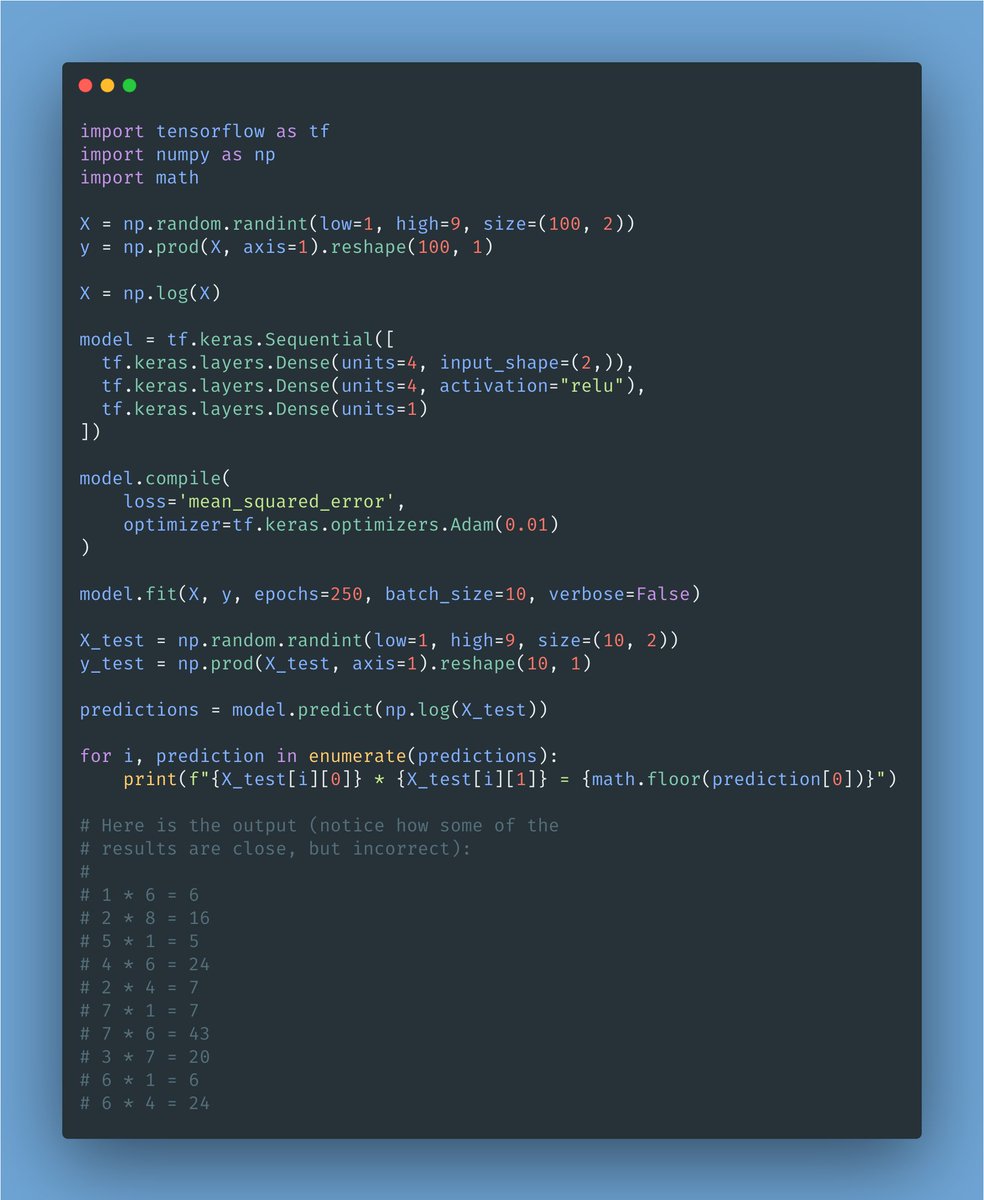2/18
Elastic didn't really relicense ElasticSearch. It forked it.
🧵 A thread.
1/18
- "Forking is a last resort option."
- "Forking is like a nuclear weapons. It's a defensive threat."
3/18
And that's a Really Good Thing(tm).
It's a forcing function for figuring out solutions that are broadly acceptable across the community.
4/18
1⃣ the size of the community that you can bring along with you,
2⃣ whether you need to rename your fork (who owns the trademark), and
3⃣ how much infrastructure you need to rebuild.
5/18
6/18
7/18
8/18
9/18
1⃣ move all of its community to contribute to my proprietary fork overnight,
2⃣ use the "Node" trademark, and
3⃣ leverage all of the existing infrastructure that isn't mine.
11/18
It's that it:
1⃣ *is* the community,
2⃣ owns the trademark, and
3⃣ controls the infrastructure.
12/18
Of course, that's a powerful weapon and an incredible power imbalance in a community.
13/18
The lack of open governance, of community trademark ownership, and of a genuine community of contributors beyond Elastic employees, are at the heart of the problem.
14/18
I think it's more "Schrödinger open source."
Despite the license, you don't really know whether it is open source or not until you open the envelope and find out the cat is dead. 😿
15/18
16/18
https://t.co/wuUJMh1RtX
17/18
The problem we\u2019re facing in the open source community is a mixup between, on one side, open source practices and norms, and on the other, open source licenses.
— Tobie Langel (@tobie) January 21, 2021
\U0001f9f5A thread. https://t.co/iVXwnlZ0XI
More from Tech
On Wednesday, The New York Times published a blockbuster report on the failures of Facebook’s management team during the past three years. It's.... not flattering, to say the least. Here are six follow-up questions that merit more investigation. 1/
1) During the past year, most of the anger at Facebook has been directed at Mark Zuckerberg. The question now is whether Sheryl Sandberg, the executive charged with solving Facebook’s hardest problems, has caused a few too many of her own. 2/ https://t.co/DTsc3g0hQf

2) One of the juiciest sentences in @nytimes’ piece involves a research group called Definers Public Affairs, which Facebook hired to look into the funding of the company’s opposition. What other tech company was paying Definers to smear Apple? 3/ https://t.co/DTsc3g0hQf

3) The leadership of the Democratic Party has, generally, supported Facebook over the years. But as public opinion turns against the company, prominent Democrats have started to turn, too. What will that relationship look like now? 4/
4) According to the @nytimes, Facebook worked to paint its critics as anti-Semitic, while simultaneously working to spread the idea that George Soros was supporting its critics—a classic tactic of anti-Semitic conspiracy theorists. What exactly were they trying to do there? 5/
1) During the past year, most of the anger at Facebook has been directed at Mark Zuckerberg. The question now is whether Sheryl Sandberg, the executive charged with solving Facebook’s hardest problems, has caused a few too many of her own. 2/ https://t.co/DTsc3g0hQf

2) One of the juiciest sentences in @nytimes’ piece involves a research group called Definers Public Affairs, which Facebook hired to look into the funding of the company’s opposition. What other tech company was paying Definers to smear Apple? 3/ https://t.co/DTsc3g0hQf

3) The leadership of the Democratic Party has, generally, supported Facebook over the years. But as public opinion turns against the company, prominent Democrats have started to turn, too. What will that relationship look like now? 4/
4) According to the @nytimes, Facebook worked to paint its critics as anti-Semitic, while simultaneously working to spread the idea that George Soros was supporting its critics—a classic tactic of anti-Semitic conspiracy theorists. What exactly were they trying to do there? 5/
Here is a simple example of a machine learning model.
I put it together a long time ago, and it was very helpful! I sliced it apart a thousand times until things started to make sense.
It's TensorFlow and Keras.
If you are starting out, this may be a good puzzle to solve.

The goal of this model is to learn to multiply one-digit
I put it together a long time ago, and it was very helpful! I sliced it apart a thousand times until things started to make sense.
It's TensorFlow and Keras.
If you are starting out, this may be a good puzzle to solve.

The goal of this model is to learn to multiply one-digit
It is a good example of coding, what is the model?
— Freddy Rojas Cama (@freddyrojascama) February 1, 2021
You May Also Like
A list of cool websites you might now know about
A thread 🧵
1) Learn Anything - Search tools for knowledge discovery that helps you understand any topic through the most efficient
2) Grad Speeches - Discover the best commencement speeches.
This website is made by me
3) What does the Internet Think - Find out what the internet thinks about anything
4) https://t.co/vuhT6jVItx - Send notes that will self-destruct after being read.
A thread 🧵
1) Learn Anything - Search tools for knowledge discovery that helps you understand any topic through the most efficient
2) Grad Speeches - Discover the best commencement speeches.
This website is made by me
3) What does the Internet Think - Find out what the internet thinks about anything
4) https://t.co/vuhT6jVItx - Send notes that will self-destruct after being read.



















